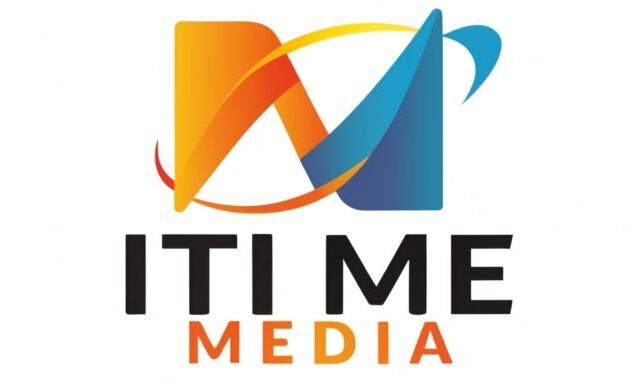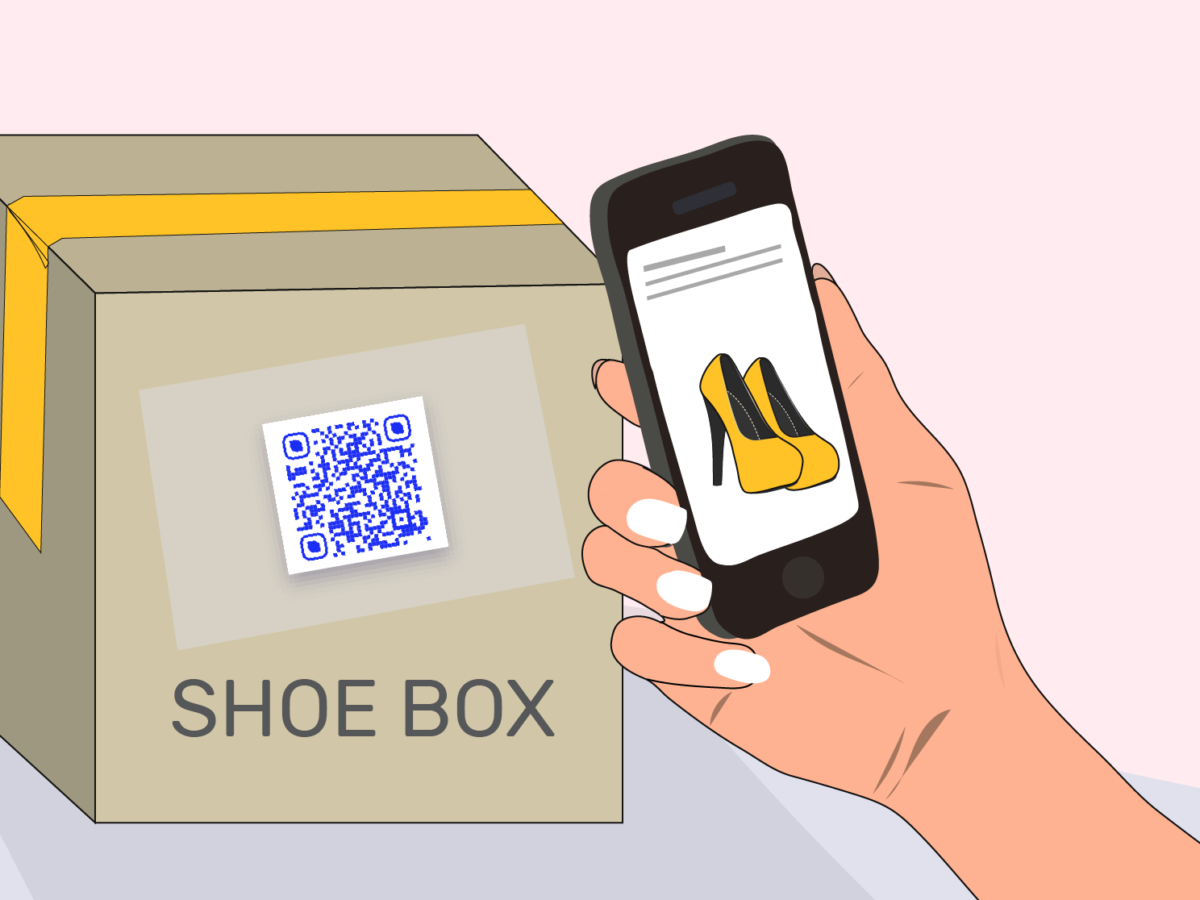In today’s fast-paced world, we are constantly bombarded with information from all directions. Traditional paper instructions can be bulky, time-consuming to read, and easily lost. QR codes, or Quick Response codes, offer a revolutionary solution that is transforming the way we access and follow instructions.
What are QR Codes?
QR codes are two-dimensional barcodes that can be easily scanned using smartphones and mobile devices. When scanned, these codes can encode a variety of information, including URLs, text messages, and even interactive experiences. This versatility makes QR codes an ideal tool for providing easy access to instructions, product information, and troubleshooting guides.
QR Codes: Enhancing the Instructions Experience
QR codes offer a multitude of benefits for both users and businesses:
- Accessibility: QR codes are easily accessible to anyone with a smartphone. This eliminates the need to carry around bulky paper manuals or search for instructions online.
- Ease of Use: Scanning a QR code is incredibly simple and takes just seconds. This eliminates the frustration of trying to decipher complex text instructions.
- Multilingual Support: QR codes can be used to provide instructions in multiple languages, catering to a wider audience.
- Interactive Experiences: QR codes can be linked to interactive experiences, such as videos, animations, and augmented reality overlays, providing a more engaging and informative learning experience.
- Real-time Updates: QR codes can be linked to online resources, ensuring that users always have access to the most up-to-date instructions.
QR Codes: Transforming Instructions in Various Fields
QR codes are revolutionizing instructions across various industries, including:
- Furniture Assembly: QR codes can be attached to furniture packages, providing customers with step-by-step assembly instructions and troubleshooting tips.
- Product Installation: QR codes can be included in product packaging, linking users to detailed installation guides and technical specifications.
- User Manuals: QR codes can be integrated into user manuals, providing access to online versions of the manual, FAQs, and software updates.
- Educational Materials: QR codes can be embedded in textbooks and learning materials, linking students to additional resources, interactive simulations, and quizzes.
- Training and Safety Procedures: QR codes can be placed in workplaces, linking employees to safety protocols, equipment manuals, and emergency procedures.
QR Codes: A Sustainable and Eco-Friendly Solution
QR codes promote sustainability by reducing the need for paper manuals, conserving resources, and minimizing waste. This aligns with the growing emphasis on environmental responsibility among businesses and consumers alike.
Conclusion
QR codes are transforming the way we access and follow instructions, offering a more accessible, engaging, and eco-friendly solution. As QR code technology continues to evolve and its adoption accelerates, we can expect to see even more innovative applications of this powerful tool. QR codes are not just the future of instructions; they are already shaping the way we interact with information and learn in today’s digital world.




